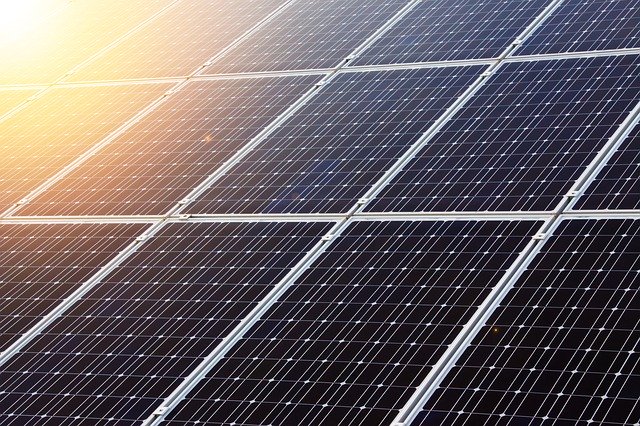The issue of climate change and our accountability for such a phenomenon has dominated news headlines around the world over recent years as the population becomes increasingly aware of how any damage to the environment could have direct consequences for both the short and long-term future of our planet.
Although huge advances in the technological and industrial sectors – to name just two examples – have improved our quality of life in many ways, there has been a trade-off in that our carbon dioxide emissions have increased exponentially. This has led to a rise in the earth’s temperature, which in turn has caused the ice sheets to melt at a faster rate, subsequently elevating the risk of coastal flooding.
So, what is being done about this problem? The drive to use more renewable energy sources is playing a major role in our attempts to reduce our carbon footprint and although there is a long way to go, there are signs of progress.

For example, in October 2019, it was revealed that renewable energy sources provided more electricity to UK homes and businesses than fossil fuels for the first time, while in the world of electrical power, AC to DC converters are being constantly developed to increase the efficiency of our energy. Furthermore, it was recently announced that plans to ban petrol and diesel car sales would be brought forward from 2040 to 2035 at the latest – another positive step in the battle to curb our carbon emissions.
So, what exactly are the advantages of sustainable energy and how can it be sourced?
What Are The Benefits Of Renewable Energy?

- Finding an alternative to burning fossil fuels means we drastically reduce our carbon emissions.
- That in turn will see a drop in air pollution, the global temperature and thus slow the melting of the ice sheets.
- Its renewable nature means it can re-used over and over again with less waste.
- By using a more diverse energy supply, we alleviate the pressure on certain resources and decrease our reliance on imported fuels.
- Exploring a variety of sustainable energy sources may also mean the creation of extra employment opportunities as we look to build appropriate infrastructures.
What Are Some Examples Of Sustainable Energy Sources?
- Solar: Energy from the sun’s rays is harnessed by solar panels, which convert the power to heat homes, run electrical devices and warm water, among other things.
- Wind: Windmills are positioned on areas of high ground to maximise their exposure to strong winds, which spin the windmill’s turbine and that power is converted to electricity via a generator.
Other Forms Of Renewable Energy Include:

- Hydroelectric, where fast-moving water from rivers or waterfalls is used to spin turbines and generate electricity.
- Biomass, where organic materials from plants and animals are burned and the energy released can be converted using a steam turbine.
- Geothermal, where drilling deep beneath the earth brings to the surface extremely hot water, which is turned into electricity with a special turbine.
However, concerns remain about some of the methods used to harness these types of energy and how those practices and the structures needed to support them may still be having a harmful effect on our environment.
